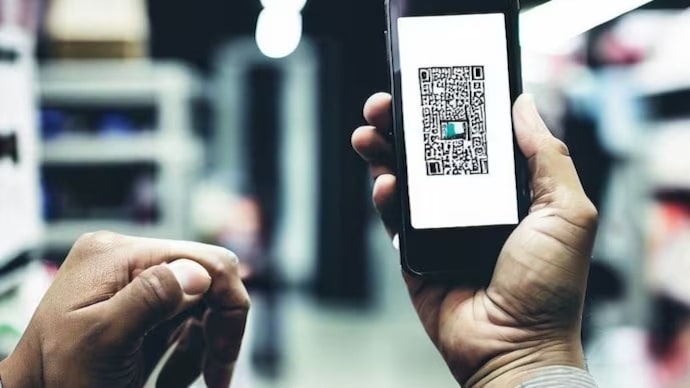Using UPI for online payments? Do this to avoid QR code scams
Scammers are tricking users into scanning fraudulent QR codes, causing huge sums of money to be lost in a matter of seconds. Here’s how QR code scams work and how you can protect yourself from them.
listen to the story

As UPI (Unified Payments Interface) has revolutionized online transactions in India, making money transfers and payments easier, it has also opened the doors to various types of frauds. One of the growing concerns is the increasing number of QR code scams, which are causing trouble to people. Scammers are tricking users into scanning fraudulent QR codes, causing huge sums of money to be lost in a matter of seconds. Here’s how QR code scams work and how you can protect yourself from them.
How do QR code scams work?
QR codes are usually seen as a quick and easy way to make payments, but they have become a tool for scammers. In QR code scams, the victim is presented with a fake or malicious QR code, often in places that are trusted, such as local shops, delivery services, or social media platforms.
A scammer generates a QR code that appears to be linked to a legitimate transaction but instead triggers a money transfer to the scammer’s account. The victim scans the code thinking they are paying for a product or service, but unknowingly authorizes a money transfer to the scammer. The QR code may also contain a fake APK link, asking you to download a malicious app or software to gain access to your bank details and other personal data. In some cases, once you click on the fake URL present in the QR code, it is automatically downloaded to your device.
Do this to avoid QR code scam in online payment
When making UPI payments, it is better to transfer money directly to the recipient’s verified UPI ID or mobile number rather than relying on QR codes, especially if you are unsure about the source. Scammers often take advantage of people’s trust in QR codes to hide fraudulent transactions.
Be careful when scanning QR codes in unfamiliar places or businesses that seem suspicious. Scammers can easily place fake QR codes in public places like restaurants, kiosks or markets. Always ensure that the QR code is from a legitimate and trusted merchant before proceeding with payment.
For added security, consider creating a separate bank account that you link only to your UPI platform like Google Pay, PhonePe, or Paytm. Keep only minimum amount (like Rs 3,000 to Rs 4,000) in this account. Even if a scam occurs, this measure limits the amount of money you lose. This approach adds an extra layer of security to your main savings account, ensuring that large sums remain untouched in case of fraud.
If you receive a suspicious payment request or link, be sure to double-check the URL or payment details. Fraudulent links often contain small spelling errors or unusual domain names that differ from official websites. Taking a little time to verify can help you avoid falling into a scam.





